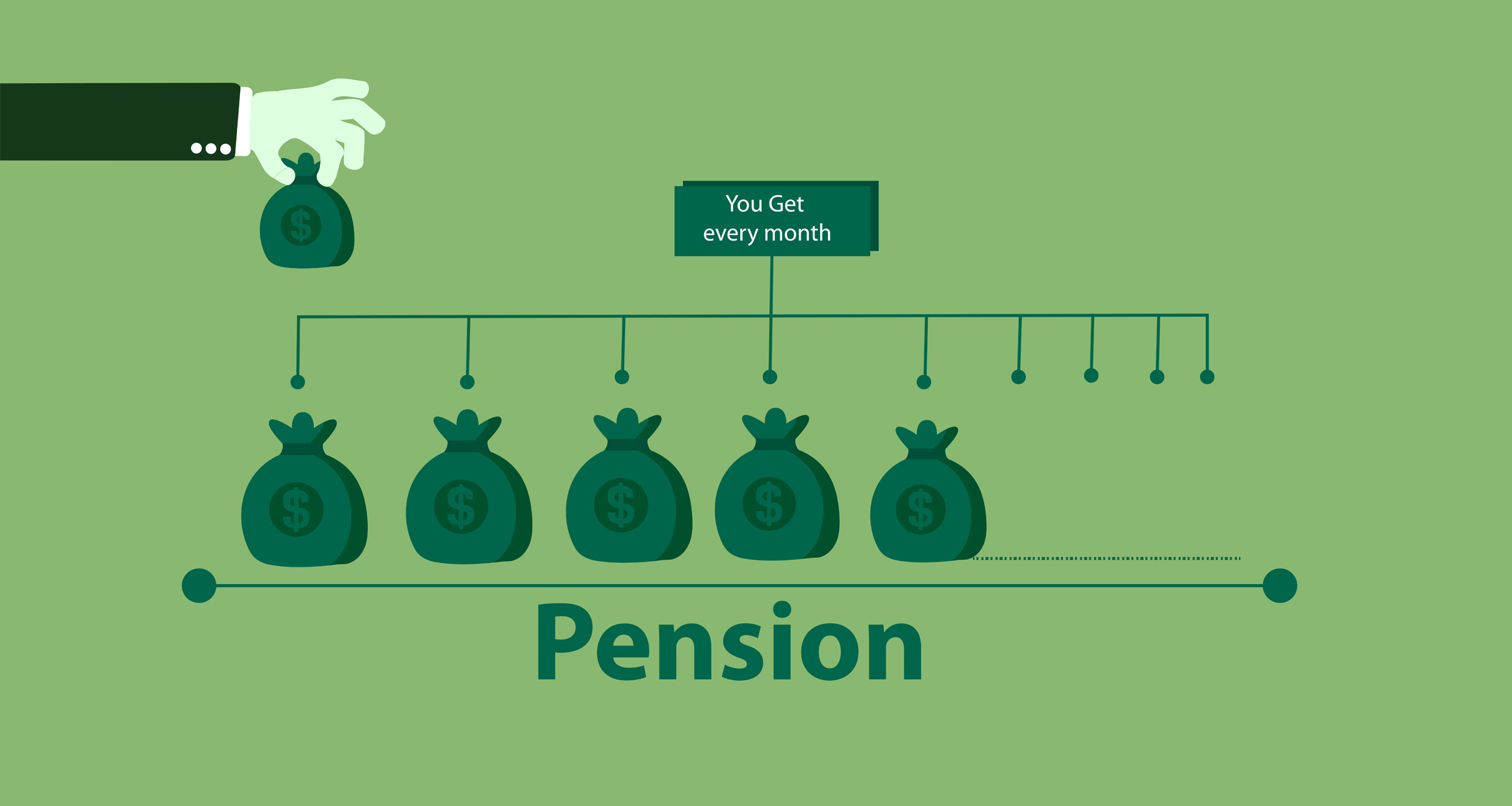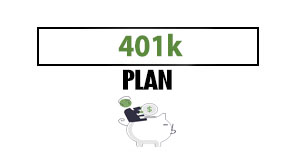Where’s My Money? Where is my pension money? This is the most common questions that come about when investing in a pension plan. Your employer isn’t keeping your pension hidden in their mattress or a savings account. Instead, they’ve invested contributions into a pool of funds. Traditionally, that means government securities, blue-chip stocks, and investment-grade bonds.
Thanks to changing market conditions, though, that’s changed. More recently, pension funds need to be invested in a variety of asset classes. The reason is that thill will diversify investments and allow for a high-enough rate of return.
An asset class is simply a group of financial investments that have similar financial characteristics. They also behave similarly in the marketplace and how they’re regulated. While asset classes can further be broken down into sub-classes, such as location or size, the four primary classes are:
- Equities (stocks): owning a piece of a company
- Fixed Income (debt): lending money to a company or government to earn money from interest, think government bonds
- Cash and cash equivalents: money that you have in a savings account or cash you have on-hand
- Real Estate and Commodities: owning property, natural resource commodities, and precious metals like gold or silver
Smart investors will typically make use of all four assets in order to diversify a portfolio. It’s a simple and effective way to reduce risk and play to different market strengths. For example, if stock prices drop rapidly, you can offset those losses with bonds.
When it comes to pensions, in particular, Eric Whiteside writes for Investopedia that pension funds typically go to the following asset classes.
Fixed-Income Investments
“U.S. Treasury securities and investment-grade bonds are still a key part of pension fund portfolios,” notes Whiteside. “Investment managers seeking higher returns than what is available from conservative fixed-income instruments have expanded into high-yield bonds and well-secured commercial real estate loans.”
“Portfolios including asset-backed securities (ABS), such as student loans and credit-card debt, are increasing,” he adds. “However, the risk associated with those securities tends to be quite a bit greater than typical corporate or government bonds.”
An example of this is the California Public Employees’ Retirement System (“CalPERS”). This just so happens to be the largest pension in the U.S. that seeks an annual return of 7%. As of March 2020, approximately one-third of its $385.1 billion portfolios were allocated to fixed-income investments.
Stocks
“Equity investments in U.S. blue-chip common and preferred stocks are a major investment class for pension funds,” Whitside states. “Managers traditionally focus on dividends combined with growth.
The search for higher returns has pushed some fund managers into riskier small-cap growth stocks and international equities.”
While larger funds, such as CalPERS, self-manage their stock portfolios, smaller funds generally turn to outside management.
If not, they follow the direction of individual investors and invest in mutual funds and exchange-traded funds (ETFs). “The prime difference here is that the institutional share classes do not have front-end sales commissions, redemption, or 12b-1 fees, and they charge a lower expense ratio,” explains Whiteside.
Private Equity
Pension funds are institutional investors. As such, they are classified as accredited investors that invest in private equity — “a long-term, alternative investment category suited for sophisticated investors.
Pension funds are one of the largest sources of capital for the private equity industry,” writes Whiteside.
“In its purest form, private equity represents managed pools of money invested in the equity of privately-held companies with the intention of eventually selling the investments for substantial gains,” Whiteside clarifies. “Private-equity fund managers charge high fees based on promises of above-market returns.”
Real Estate
“Pension fund real estate investments are typically passive investments made through real estate investment trusts (REITs) or private equity pools,” writes Whiteside. “Some pension funds run real estate development departments to participate directly in the acquisition, development, or management of properties.”
“Long-term investments are in commercial real estates, such as office buildings, industrial parks, apartments, or retail complexes,” he continues. “The goal is to create a portfolio of properties that combine equity appreciation with a rising stream of inflation-adjusted income to balance the ups and downs of the markets.”
In addition to the above, investing in infrastructure, like public or private developments involving power, water, roads, and energy, are another option. While they make up a small part of most pension-plan assets, they grow to provide more diversity.
There are also inflation-adjusted bonds (e.g., TIPS), commodities, currencies, and interest-rate derivatives,” adds Whiteside. “The use of inflation-adjusted bonds is often justified, but the increased allocation of pension fund assets in commodities, currencies, or derivatives has raised concerns by some due to the additional idiosyncratic risk that they carry.”
The Largest Public Pension Funds
According to the Sovereign Wealth Fund Institute, here are the top 10 largest public pension funds ranked by total assets globally. Why should you know this? Because there’s a good chance that’s where your contributions are being invested:
- Social Security Trust Fund (U.S.): $2.9 trillion
- Government Pension Investment Fund (Japan): $1.5 trillion
- Military Retirement Fund (U.S.): $896 billion
- Federal Employees’ Retirement System (U.S.): $687 billion
- National Pension Service (South Korea): $626 billion
- Federal Retirement Thrift Investment Board (U.S.): $601 billion
- Stichting Pensioenfonds ABP (Netherlands): $597 billon
- Zenkyoren (Japan): $523 billion
- Canada Pension Plan Investment Board (Canada): $402 billion
- Calpers (U.S.): $394 billion
- What is a pension plan?
- How does a Pension Plan Work?
- How a pension works
- The Move to Defined-Contributions
- Annuity
- Are pensions taxable?
- The Difference Between a Pension and a 401(k)
- The History of the Pension Plan
- The Link Between Your Pension and Your Job
- How to Find Old 401(k) and Pension Accounts
- Vesting Your Pension Funds
- It’s SEP to You
- Do You Really Need a Pension?
- How Much Should You Contribute to Your Pension Plan?
- How Much are You Allowed to Contribute a Pension Plan?
- Where’s My Money?
- Calculating the Value of Your Retirement Fund
- Common Causes of Errors in Pension Calculation
- Can I Tap My Pension Plan Early?
- Monthly Annuity or Lump Sum?
- Are There Any Risks Involved With Pensions?
- What Happens With My Pension When I Retire?
- What Happens to Your Pension if You Die?
- Can You Have a Pension and 401(k) and IRA?
- Final Retirement Tips




